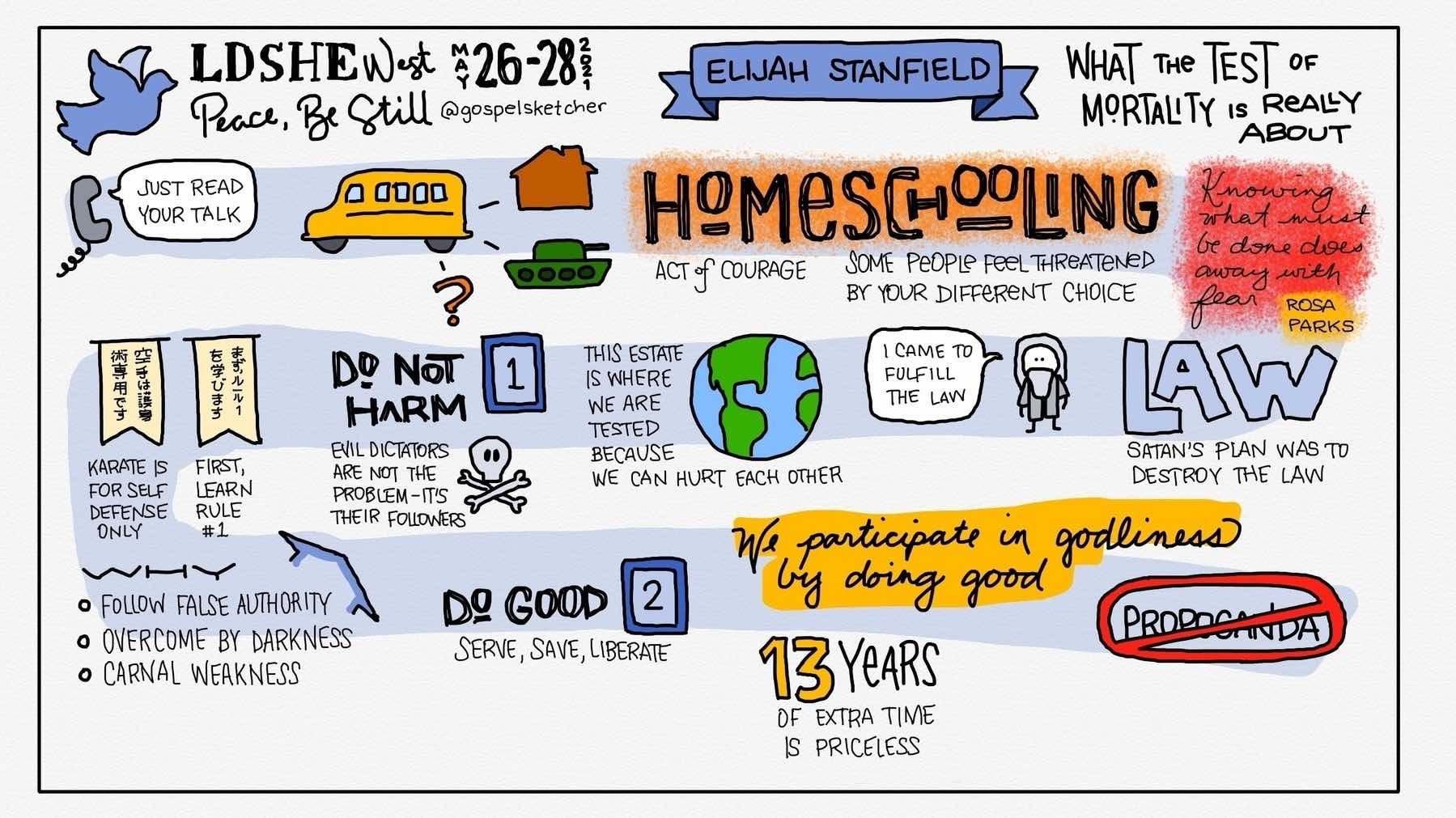In this week’s update, I share about a change in plans, and the challenge that comes from dealing with the associated emotions.
These weekly updates share life with OCD as part of my Mental Work Health project to reduce stigma around mental health, especially at work.
Story
Last week, I had the opportunity to present at a homeschool conference about sketchnotes. This is a topic that I enjoy and have presented on many times in the past. The twist with this opportunity was that the venue had been moved to an outdoor park, and I was told there would be no projector available. I had never tried to teach about visual notes without being able to show visuals.
For the past couple months, I had been thinking about how I could give an effective presentation without being able to show examples of sketchnotes and the concepts I wanted people to understand. I sought out the advice of a few sketchnoters that I know and admire, Mike Rohde, Eva-Lotta Lamm, and Michael Clayton.
Finally, I landed on the idea of using an easel and large pad to draw some examples for the class with a large marker. I also was able to provide a handout, so I included a sketchnote example, and the different categories of drawings I wanted people to try out. I prepared and practiced, and even though my children just doodled robots attacking each other during my rehearsal, I felt ready.
When I got to the venue and went to set up for my class, I found that there was indeed a projector and screen. Outwardly, I just laughed and commented on the irony. Inwardly, a wave of distress washed over me. Part of dealing with OCD for me is struggling with any kind of plan change. And this was a challenging one for me. My preparation would have been entirely different if I was going to be able to show a digital presentation. My wife was there with me, and she knew how distressing that kind of change would be to me, and she was supportive and validating. It took a little while before I had composed myself sufficiently to handle the situation.

In addition to presenting at the conference, I was looking forward to capturing sketchnotes. I’ve been using my iPad for sketchnoting lately, because it is so much easier to share after completing. And it was a great experience. The speakers were fantastic, and taking sketchnotes was a good way to process and remember what they were saying.
Because I had my iPad with me to take sketchnotes, I was able to use it with the projector to show some examples at the beginning of my class. That was great in helping people to understand what sketchnotes are, and in setting the foundation for the rest of my presentation.
Overall, the classes were some of the most effective sessions I have ever led in teaching people sketchnotes. I was able to get people drawing quickly and try out some of the techniques. My favorite thing to hear was from people who tried to capture sketchnotes at subsequent classes.
“I was surprised to find that I could actually do it!”
Lesson
One constant I can plan on is that plans will change. Even though I know this, every time it happens I still feel some distress. There is no way to predict how much distress will come, but the coping mechanism is the same in all cases. For me, the key is to sit with the emotions, as I wrote about last week.
The skill that makes the most difference is mindfulness. It can be easy to fall into fear that the emotion is going to be overwhelmingly painful. The fear of the fear is usually worse than the fear itself. If I can resist the urge to avoid the emotions, and just let them be, I can mindfully digest them.
Challenge
The challenge I give myself, and to you if you are willing, is to not shy away from plan changes. Embrace them as inevitable, and practice dealing with them. One approach that is helpful for me is to recognize when a plan is still being considered and is not yet set. On the other hand, when I try to define too strictly what phase a plan is in, I can get rigidly attached to my expectations.
Dealing with plan changes is all about expectations. The more I live in the future, anticipating how things will be, the more likely I am to be thrown. Life rarely goes as we predict it will, and when we are attached to our predictions, we will struggle.
So during this next week, the challenge is to identify a plan change that comes up, and sit with it. Instead of fighting against it and resisting the distress, use it as an opportunity to practice. Learn how it feels to have the distress course through our body. Come to recognize the texture of the distress. And finally, remember that at any moment, anyone around us could be dealing with the same struggle. Extend compassion to them, and to ourselves as well.

